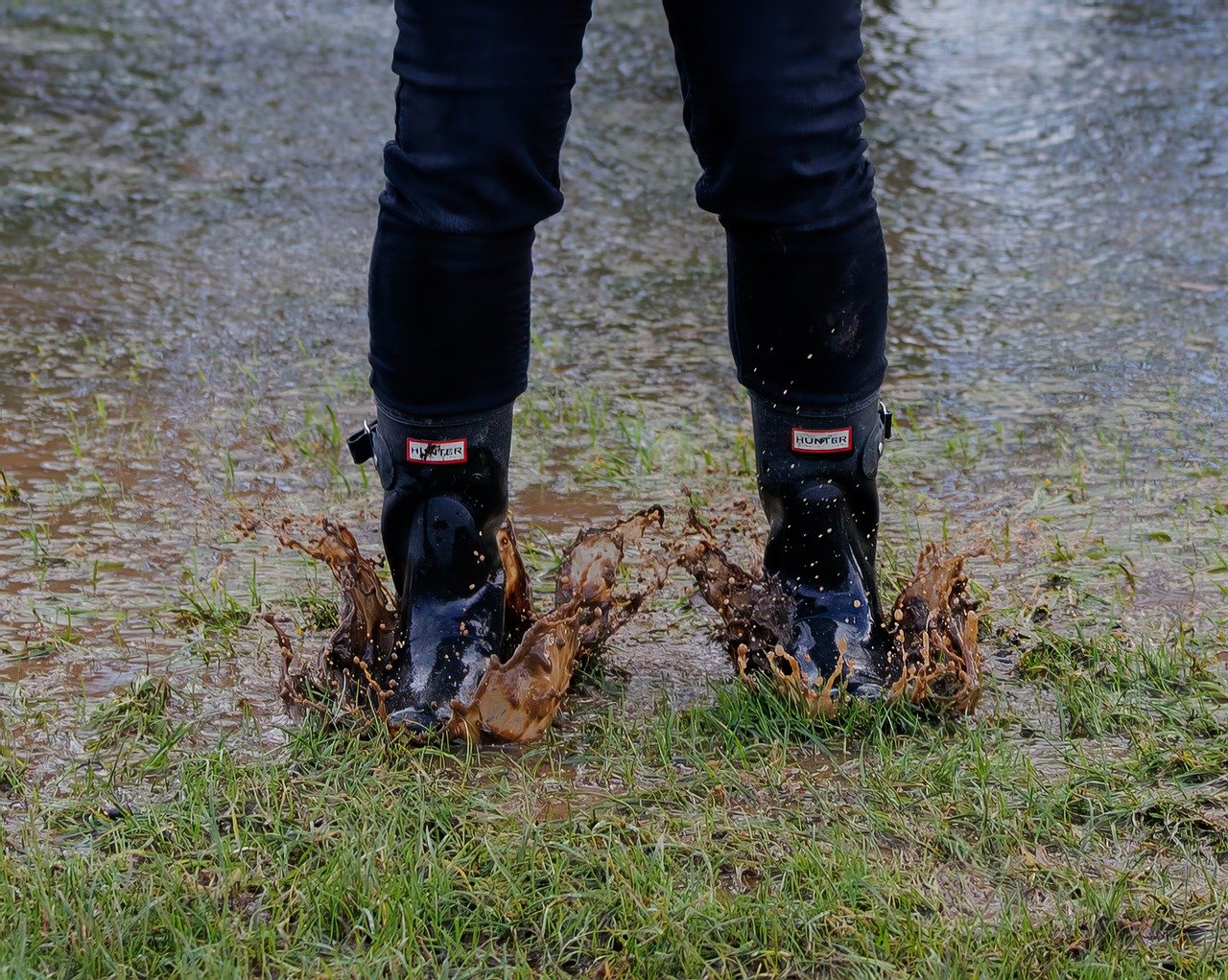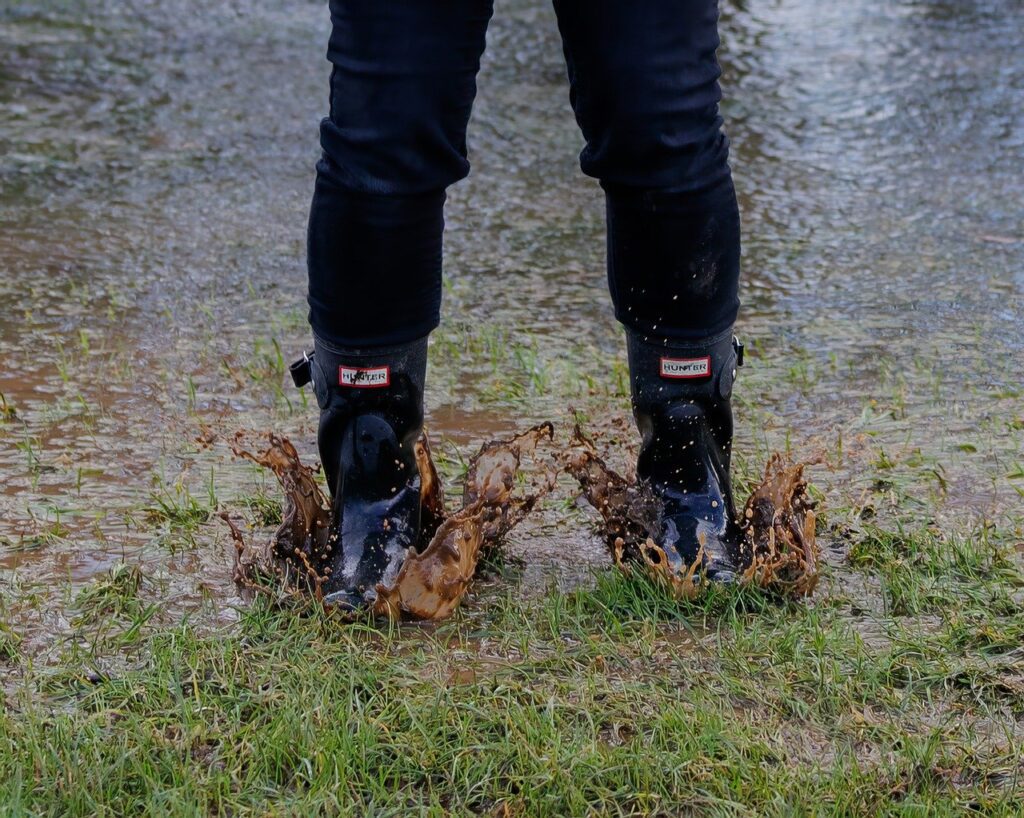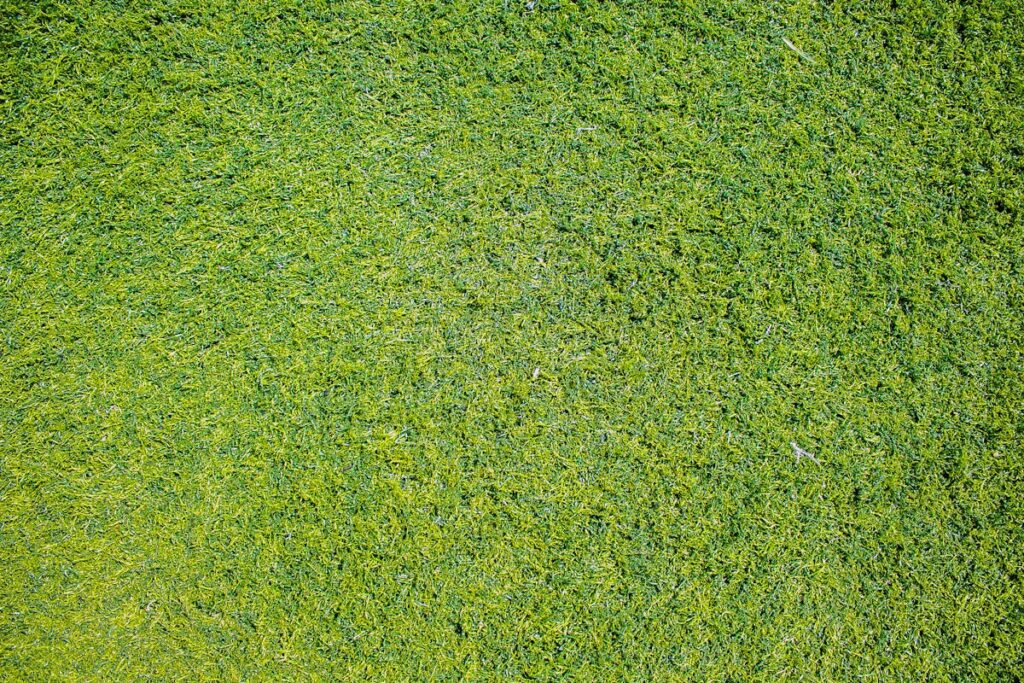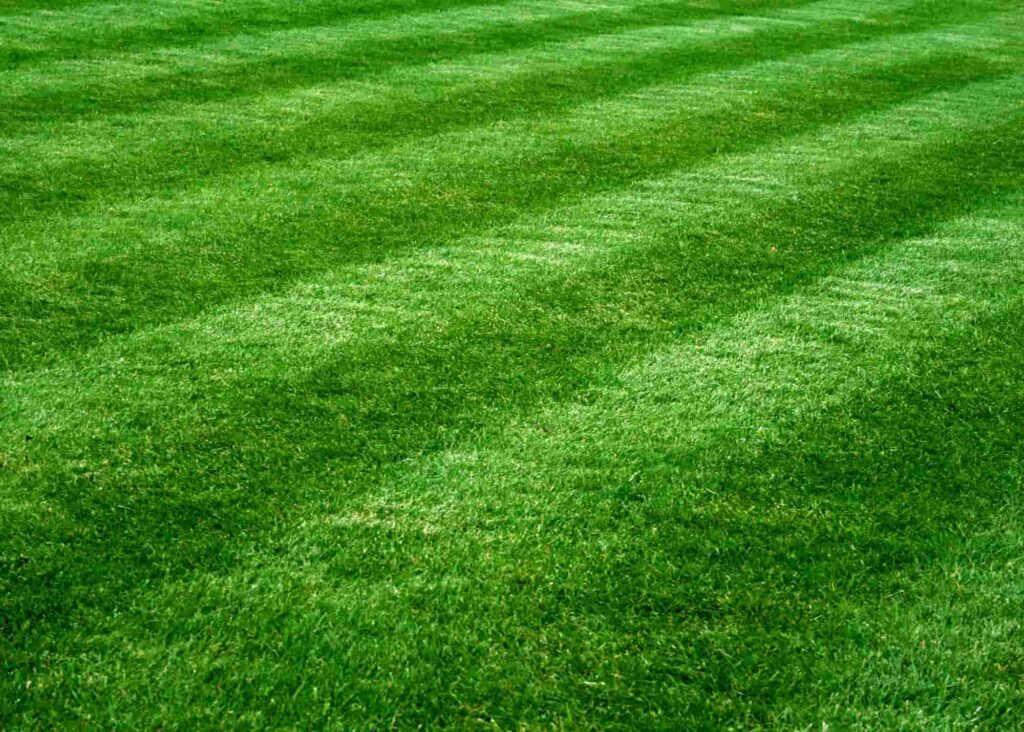A soggy lawn isn’t just a nuisance – it’s a sign your yard needs serious attention. Whether it’s standing water after rainfall or consistently squishy patches of grass, soggy lawns can destroy curb appeal, damage grass health, and create an open invitation for fungi, mosquitoes, and frustration. But here’s the good news: you can fix it.
This guide will walk you through both simple DIY remedies and more advanced landscaping solutions to repair your soggy lawn, prevent future waterlogging, and restore your outdoor space.
What Causes a Soggy Lawn?
Let’s start with the root of the problem. A soggy lawn usually stems from one or more of the following issues:
- Compacted Soil: Heavy foot traffic or machinery compresses the soil, preventing water absorption.
- Clay-Rich Soil: Soils with a high clay content retain water and drain poorly.
- Flat or Low-Lying Terrain: Without a slope, water has nowhere to run off.
- Gutter or Downspout Issues: Misplaced drainage can pour water right onto your lawn.
- Poor Grading: Your lawn may not be properly shaped to promote natural runoff.
Step-by-Step Solutions
Let’s break down the methods from the easiest to the most intensive repairs.
1. Let It Dry Out
Sometimes, the best thing you can do is pause.
- Stop watering for 3 to 5 days.
- Keep foot traffic to a minimum.
- Allow natural evaporation.
If the lawn begins to firm up, the issue might be overwatering. You may just need to adjust your irrigation schedule.
2. Remove Standing Water
If puddles are sitting for hours or days:
- Use a wet/dry vacuum or utility pump.
- Sweep with a broom to guide water off the surface.
- Ensure you’re not redirecting it to another problem area.
3. Aerate the Lawn
Aeration is a go-to fix for compacted soil. Use a core aerator to pull out plugs of soil. This boosts airflow, water penetration, and root growth.
- Best done in early spring or fall.
- Leave the plugs on the lawn – they break down naturally and improve the soil.
4. Topdress with Compost and Sand
After aeration, apply a 1:1 mix of compost and sand. This enhances drainage and improves soil structure.
- Warning: Don’t add sand alone to clay soil – it can create a concrete-like consistency.
5. Fill in Low Spots
Water tends to collect in dips and hollows.
- Use topsoil or compost to level out low spots.
- Compact it slightly, reseed with grass, and water lightly for establishment.
6. Redirect Downspouts
If your gutters are dumping water onto your lawn:
- Use PVC extensions or flexible piping.
- Redirect the water at least 5 feet away from your house and yard.
7. Build a Dry Creek Bed
These decorative stone-lined trenches channel water away from problem areas.
- Line with landscape fabric.
- Use rocks, pebbles, and native plants.
- Adds charm while improving drainage.
8. Install a French Drain
A French drain is a gravel-filled trench with a perforated pipe that redirects water.
- Ideal for saturated lawns or pooling areas.
- Requires slope and may need professional installation.
- Average cost: ~$9,000.
9. Grade Your Lawn
If your entire lawn holds water:
- Hire a landscaper to regrade the terrain.
- Proper slope: 1 inch per 10 feet away from structures.
- This may involve heavy machinery.
10. Use Gypsum for Clay Soil
Gypsum can help break up heavy clay soils.
- Spread it evenly across waterlogged areas.
- Water it in well. Follow the packaging for dosage.
11. Consider a Rain Garden
A rain garden is a landscaped depression filled with water-loving plants.
- It captures runoff and filters pollutants.
- Low maintenance, beautiful, and eco-friendly.
- Ideal plants: sedges, swamp milkweed, iris.
12. Install a Sump Pump
In flood-prone areas, a sump pump may be necessary.
- Especially in basements or consistently submerged zones.
- Requires electricity and a drainage outlet.
13. Replace the Soil
For lawns built on thick clay or severely degraded soil:
- Excavate the top 6-8 inches.
- Replace with a loamy, well-draining soil blend.
- Reseed or sod over the new layer.
14. Overseed and Fertilize
Once you’ve addressed drainage:
- Overseed bare or patchy areas.
- Fertilize for vigorous root growth.
Common Mistakes to Avoid
- Adding sand to clay soil without compost: Can backfire and reduce drainage.
- Ignoring the slope: Always assess how water moves across your yard.
- Thinking one fix fits all: Often, multiple solutions are needed.
Environmentally-Friendly Solutions
Rain gardens, dry creek beds, and redirecting downspouts all offer eco-conscious ways to manage water sustainably. Bonus: They attract pollinators, reduce runoff, and enhance curb appeal.
If your state allows it, consider rain barrels to collect excess water for reuse.
Final Thoughts
A soggy lawn isn’t the end of the world. It’s a signal. A message that your yard needs better water management. Whether you’re dealing with minor puddles or serious saturation, the fix is within reach. It may take some digging (literally), but the result is a healthier, greener, and drier lawn you can enjoy year-round.
Don’t be afraid to call in a professional if things get beyond DIY; drainage is foundational. Once resolved, your grass will thank you.
Your lawn deserves better. Make it happen.








